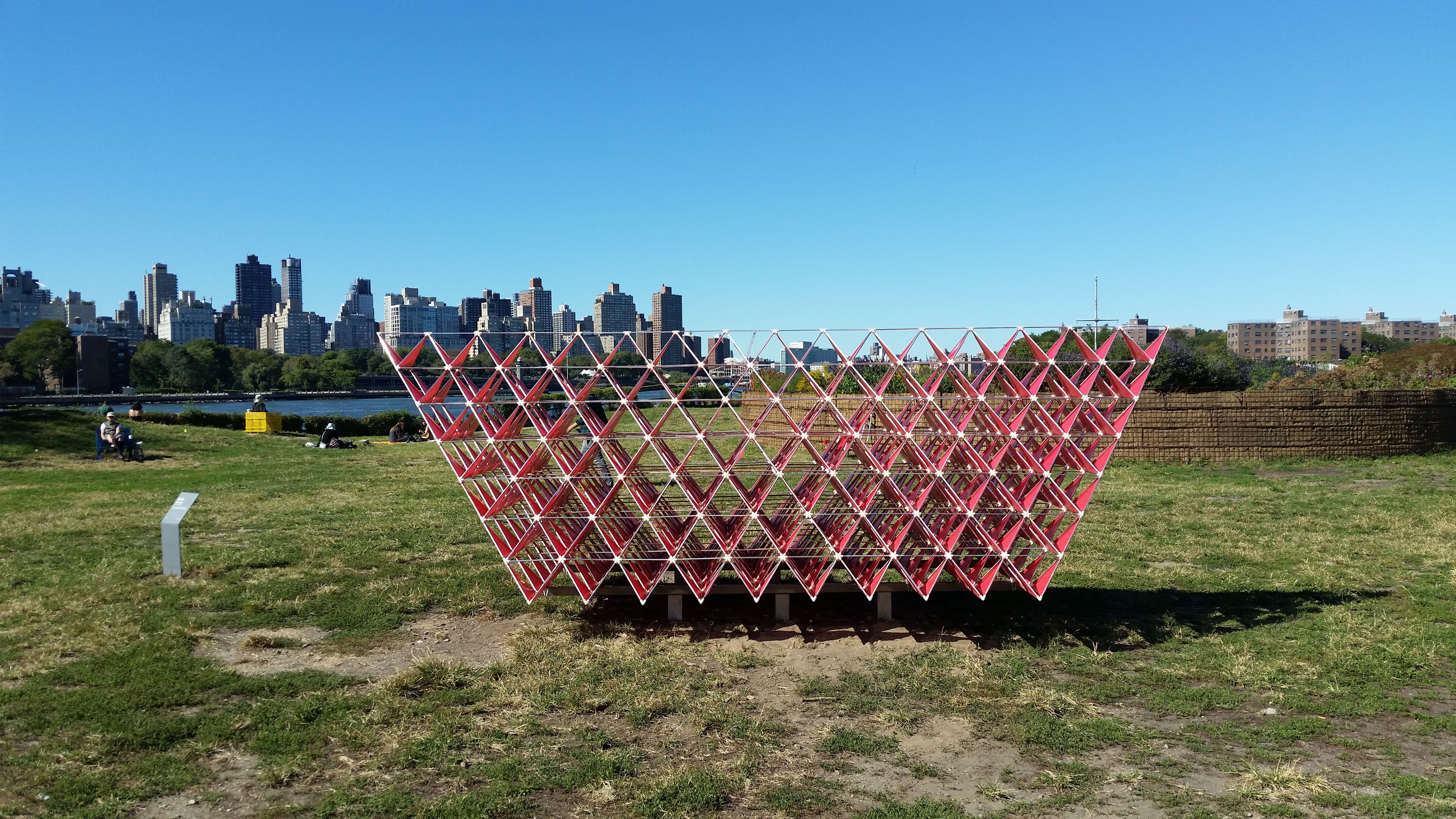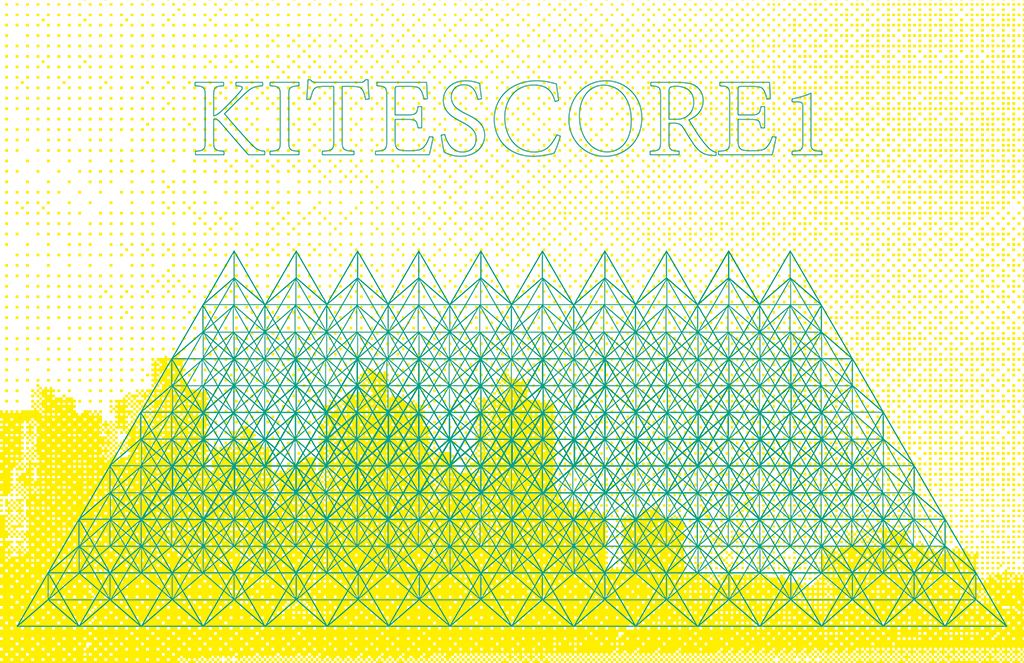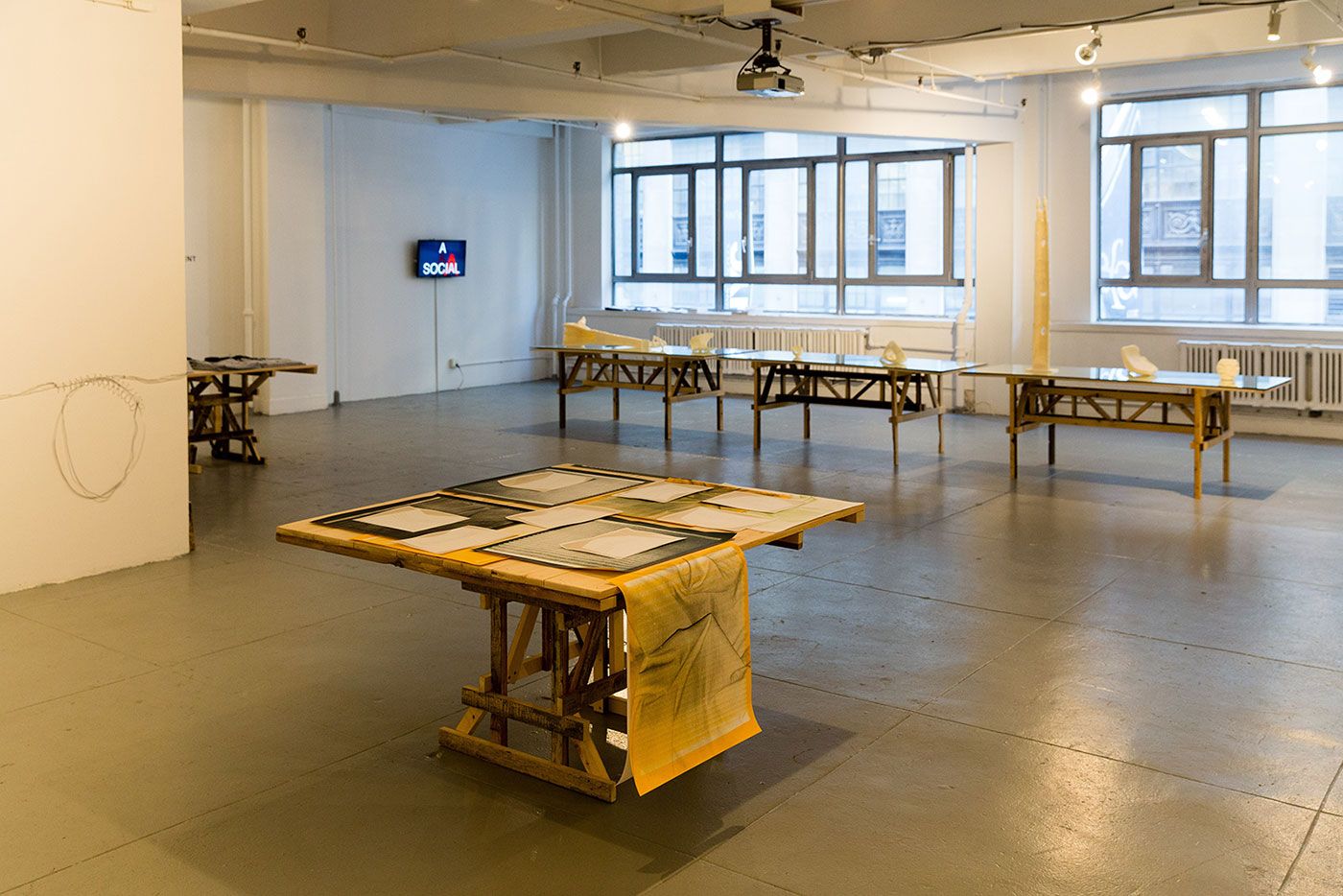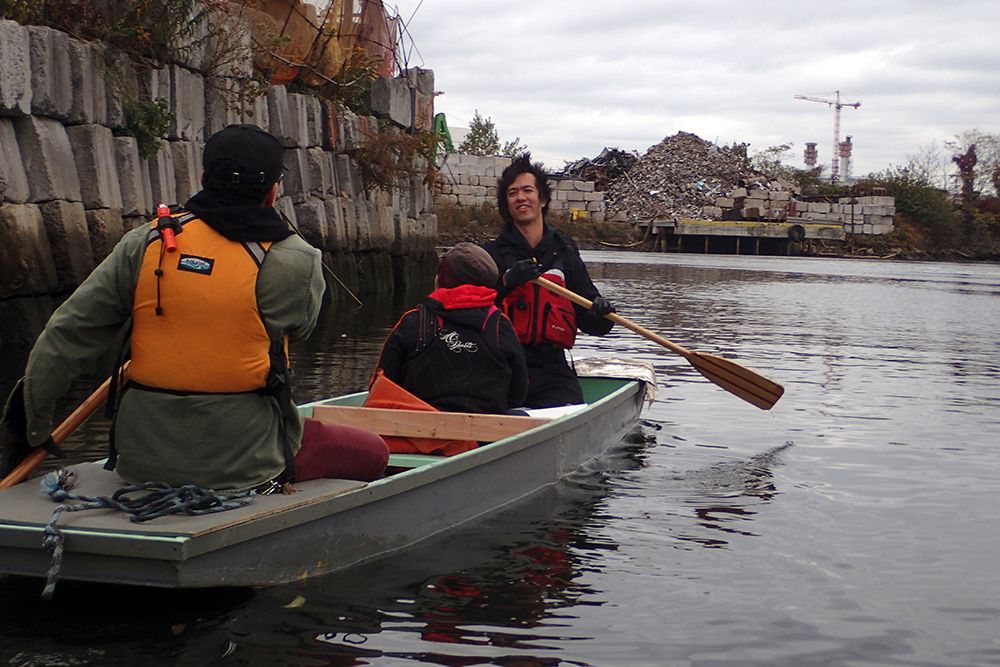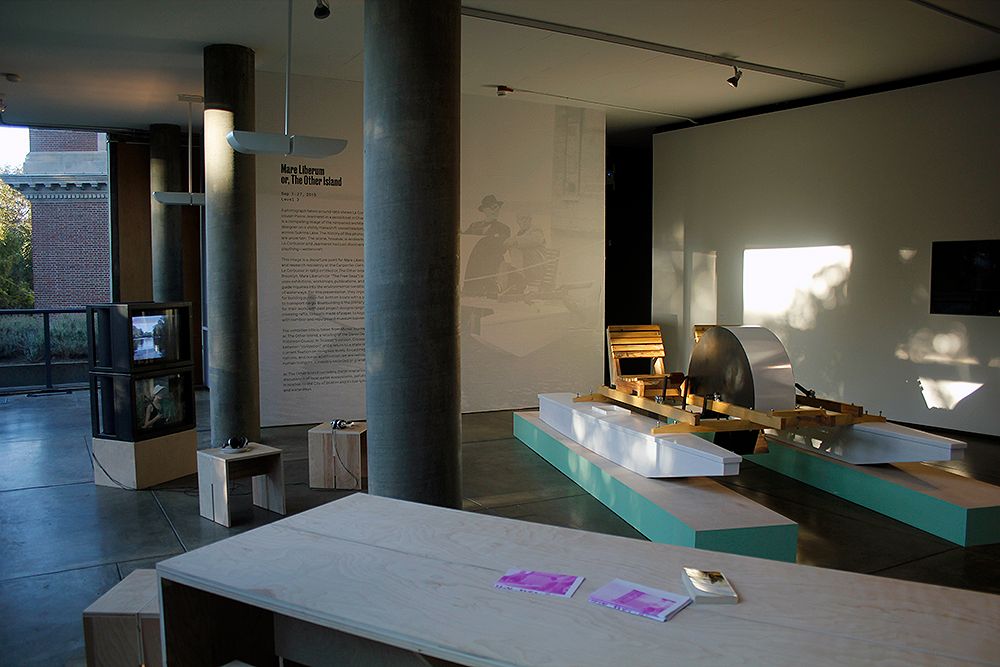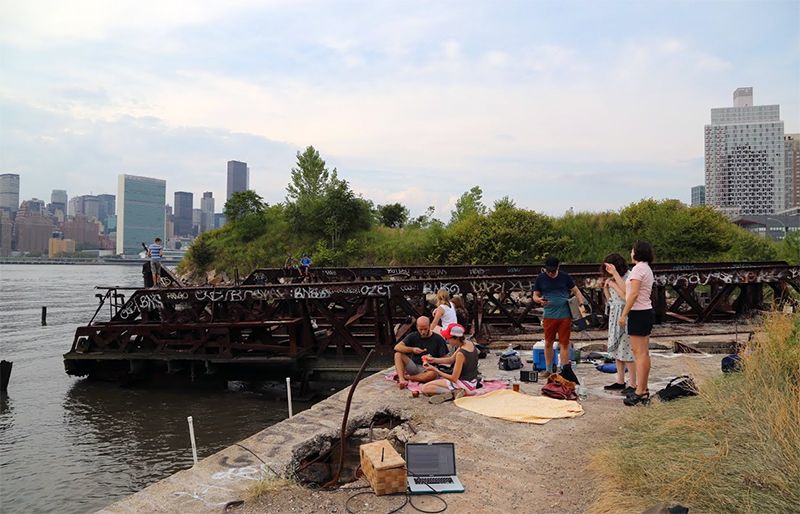I have a background in performance, and more specifically in a form of absurdist street theater that drew heavily on Brecht, Beckett, the Living Theater, and writers like Michel de Ghelderode, Jerzy Grotowski, Alfred Jarry. This is what brought me to New York City in the early 2000s and is what I was primarily involved in making for more than a decade. My focus on collaboration comes out of this form of group creation, where there is a synergy between director, writer, performers, crew, and of course the audience – the audience who basically have the power to completely fuck up a performance no matter how well everyone else is collaborating. We were also completely invested in direct experience and opposed to any documentation, rehearsing performances for weeks or months that were to be performed only once or twice. I have almost no photographs and only one video from that period of making, and I am still very skeptical of documentation. Collaboration is a skill, and though everyone at some point collaborates, it’s not something everyone is good at. I realized this about ten years ago, and have been trying to become a better collaborator ever since. Around that same time I was co-organizing an art and culture space in a boat that was moored on an industrial canal in the middle of Brooklyn, and by chance I started working with Sam Gould and Gabriel Mindel Solomon in the collective Red76, which deals with a form of Beuysian social sculpture and makes work about formal politics. From there I founded or co-founded a number of collectives around a variety of social and environmental projects, and for another ten years I made work solely under collective names, often anonymously, usually preferring the group identity to my own. Most of these collectives don’t exist anymore, and there is only limited documentation of any of them. More recently, I co-founded Sunview Luncheonette with Kendra Sullivan, which is now a collective of artists and non-artists and a cooperatively run space for art, culture, and activism operating out of a former diner in Brooklyn. Our oldest collaborator is the former proprietor of the diner, who is in her 80s, and our youngest are a group of children from a local “free school” (a collaborative home-schooling program) who run a restaurant a few times a month in the daytime. This happens to be more or less the only time we are regularly open to the public, when the kids prepare and serve food. Otherwise we’re only open for events: screenings, meetings, art shows, readings. All of these projects form and inform my practice.


